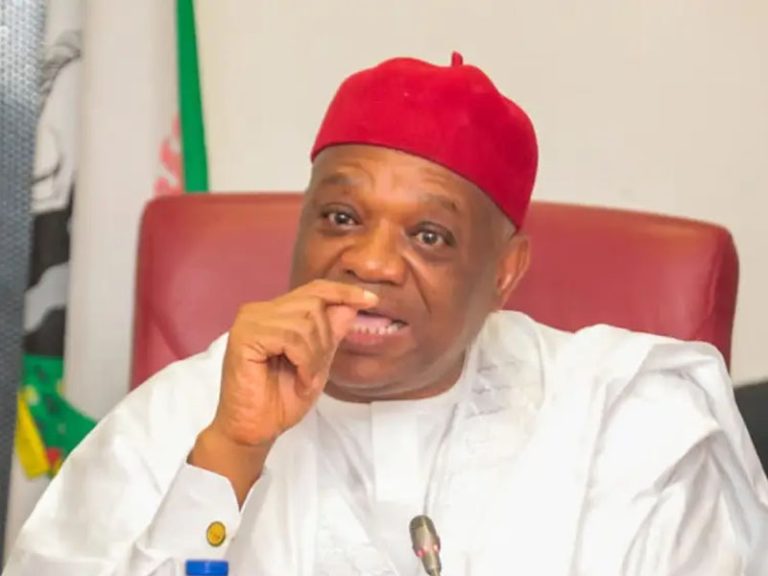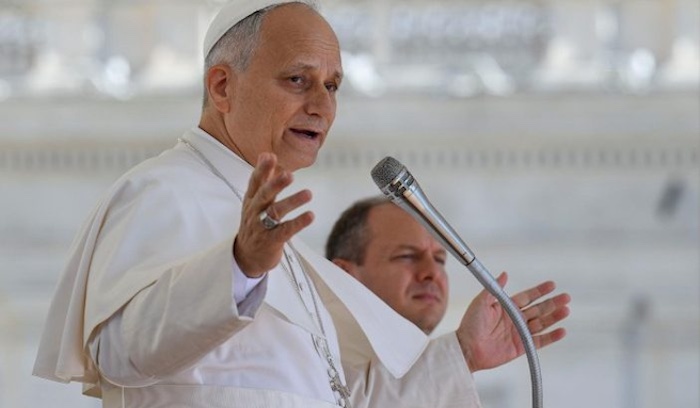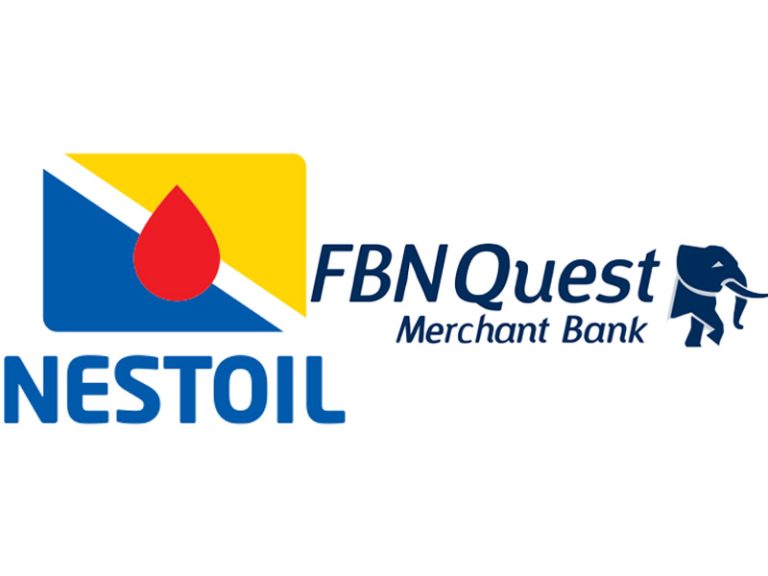
Ethiopia officially inaugurated Africa’s largest hydroelectric project on Tuesday, a move that promises electricity for millions of Ethiopians while heightening tensions with downstream Egypt.
The $5 billion Grand Ethiopian Renaissance Dam (GERD), built on a tributary of the River Nile, is central to Ethiopia’s ambitions for economic development. Ethiopia, the continent’s second-most populous nation with roughly 120 million people, began construction in 2011. The dam’s current two active turbines produce 750 MW of power, but full generation capacity is expected to reach 5,150 MW.
Prime Minister Abiy Ahmed said the energy would improve domestic access to electricity and allow Ethiopia to export surplus power across the region. “The Renaissance Dam is not a threat, but a shared opportunity. The energy and development it will generate stand to uplift not just Ethiopia,” he told parliament in July.
Regional Tensions
Downstream neighbours, particularly Egypt, have long expressed concern over the project. Cairo, which relies on the Nile for about 90% of its freshwater, fears the GERD could limit water supplies during droughts and prompt further upstream dam construction. Egypt has opposed the project since its inception, citing historical water treaties from the colonial era and warning of potential existential risks.
“Egypt would continue to closely monitor developments on the Blue Nile and exercise its right to take all the appropriate measures to defend and protect the interests of the Egyptian people,” Egyptian Foreign Ministry spokesperson Tamim Khallaf said.
Sudan has also joined calls for legally binding agreements regarding the dam’s filling and operation, though it could benefit from improved flood management and access to cheaper energy.
During his first term, U.S. President Donald Trump voiced support for Egypt, describing the situation as dangerous and warning that Cairo might even consider “blowing up that dam.” Despite years of negotiations, no formal agreement on the GERD was reached.
Domestic Impact and Funding
For Ethiopia, the GERD has become a symbol of national pride and unity, especially amid internal ethnic conflicts. Magnus Taylor of the International Crisis Group noted, “The idea that Ethiopia should be able to build a dam on its own territory… and shouldn’t be pushed around by Egypt is broadly something that most Ethiopians would get behind.”
Funding for the dam has largely been domestic: Ethiopia’s central bank contributed 91% of the costs, while the remaining 9% came from bond sales and citizen donations, with no foreign assistance.
The dam’s reservoir has flooded an area larger than Greater London, providing a stable water supply for hydropower and irrigation while mitigating floods and drought. However, many rural Ethiopians remain unconnected to the national grid and may not immediately benefit from the increased electricity supply.
Geopolitical Implications
Tensions over the dam remain high. Analysts warn that relations with Egypt could deteriorate further, especially as Ethiopia seeks strategic access to the Red Sea via Eritrea or Somalia — plans opposed by Egypt. Matt Bryden of Sahan Research said, “The idea of strategic rival Egypt dictating not only Nile water usage but access to the Red Sea is clearly unacceptable to Addis Ababa.”
Despite regional disputes, Ethiopia continues to insist on its sovereign right to develop the dam, arguing that careful reservoir management has so far avoided major disruptions to downstream flows.
Faridah Abdulkadiri



